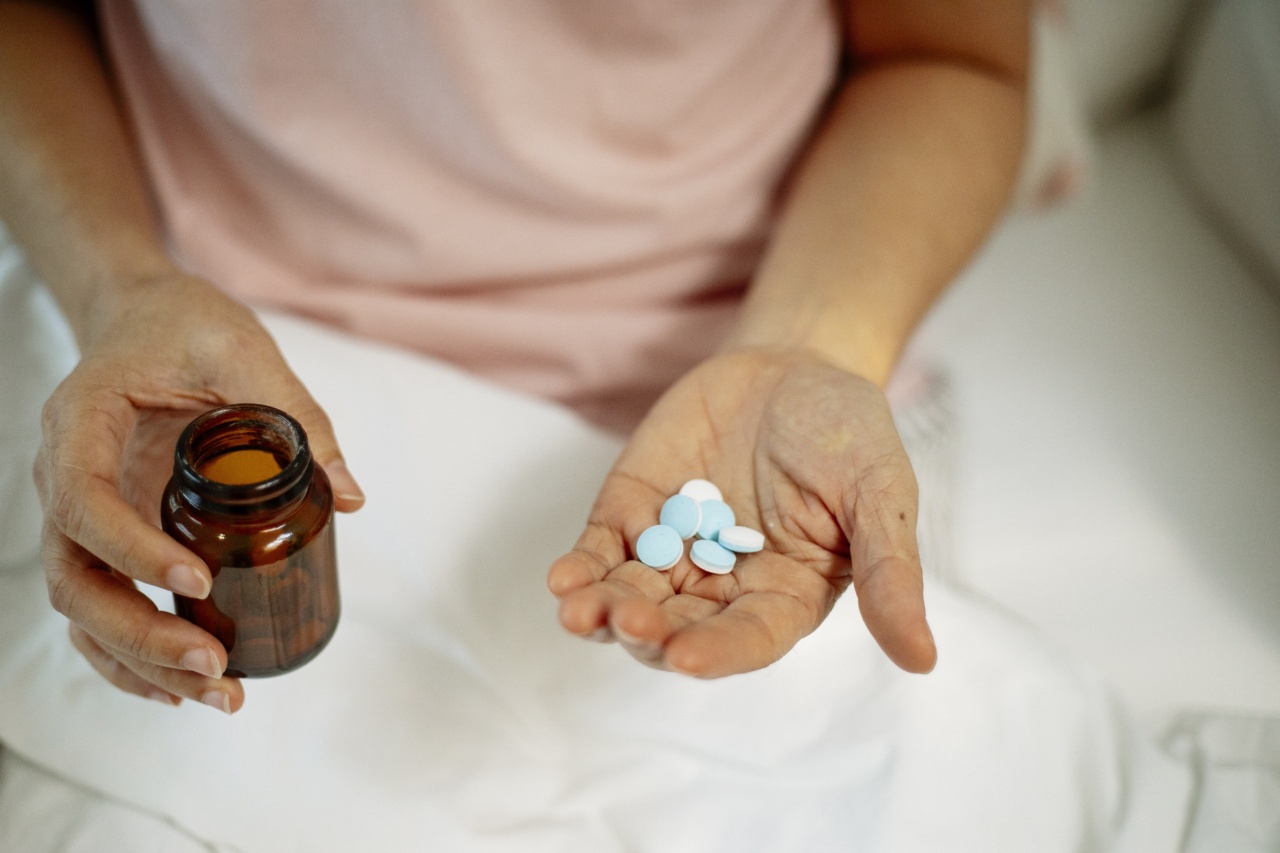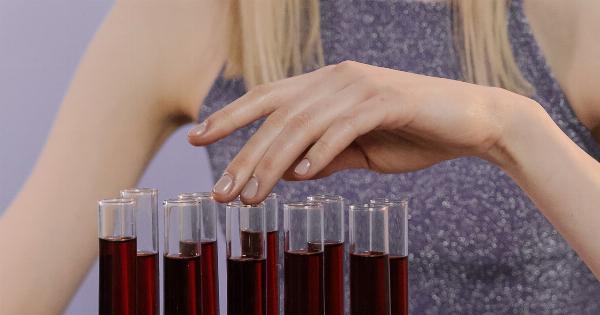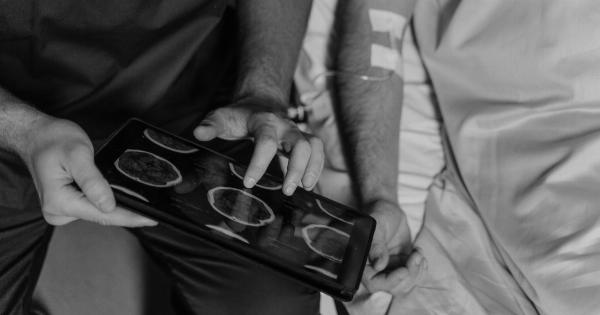Chemical skin burns can occur due to contact with harsh chemicals like acids, alkalies, and cleaning agents. Such burns can cause severe pain, inflammation, and tissue damage. They require prompt medical attention.
However, before reaching a medical facility, there are several steps you can take to mitigate the damage caused by the chemical and reduce the risk of complications.
Step 1: Immediately Remove the Chemical from Skin Contact
When a chemical comes into contact with your skin, it is crucial to remove it immediately. Speed is of the essence because the longer the chemical stays on your skin, the more harm it can cause.
Make sure to use protective gloves to prevent becoming exposed to the chemical yourself. Remove any clothing that has been affected as well.
Step 2: Rinse Your Skin Thoroughly with Water
The next step is to rinse the affected area with copious amounts of flowing water. Use tepid water if available, as this helps to reduce the heat generated by some chemicals when they make contact with your skin.
The water should flow over the affected area for at least 20 minutes to flush away the chemical and any impurities.
Step 3: Use Neutralizing Agents if Needed
Sometimes, rinsing with water is not enough to neutralize the chemical. In such cases, it may be necessary to use a neutralizing agent. The choice of neutralizing agent will depend on the specific type of chemical that caused the burn.
For example, in the case of acid burns, a solution of baking soda and water can be used while vinegar is useful for alkaline burns. However, only use neutralizers if you are sure they are safe to use, as some chemicals may react negatively and intensify the burn.
Step 4: Cover the Burned Area with a Sterile Bandage or Cloth
Cover the affected area with a sterile bandage or cloth after rinsing it well or using a neutralizing agent. This will not only protect your skin from further exposure but also restrict air flow and reduce pain.
The protective covering should be clean, sterile, and non-adherent, like a gauze pad or dressing. Avoid using cotton or wool as it can easily come apart and stick into the burn.
Step 5: Seek Immediate Medical Attention
After completing the above steps, the next and most crucial step is to seek immediate medical attention. Chemical burns can cause serious health problems, especially when they involve a significant portion of the body or affect vital organs.
Doctors and nurses can examine your wounds, prescribe appropriate medication and take other corrective steps necessary for your recovery.
Step 6: Follow-Up Treatment
After initial treatment, you need to take steps to ensure complete healing and avoid potential complications. Your doctor may advise you to apply an ointment or cream to the affected area to encourage healing.
You will be advised not to remove the sterile bandage and instructed on changing it and washing the wound to keep it clean. Follow up appointments may also be scheduled to continuously monitor your progress.
Step 7: Addressing Pain and Inhalation Damage
During the chemical skin burn, there are chances that you will inhale the chemicals if it was volatile for which you may need inhalation damage. Along with that, the pain of the chemical burn may hamper your regular work.
It is essential to manage the pain and any other inhalation damage caused by the chemical. Doctors may provide prescription pain medications, as required.
Step 8: Prevent Future Burns
It is essential to take proactive measures to prevent future chemical burns. Always use the necessary safety gear, including gloves, goggles, and face shields. Store chemicals safely, out of reach of children and pets.
Read and follow instructions carefully before using any chemical product. Follow safe procedures such as diluting concentrated acids or bases before use, as appropriate. In addition, make sure to educate others around you on the appropriate use and handling of chemicals to prevent any mishandling.
Step 9: Final Thoughts
Chemical skin burns can be very serious, causing severe pain and damage. It is critical to act quickly to reduce chemical contact and follow the necessary steps above to minimize the damage and pain as much as possible.
Finally, always seek immediate medical attention to minimize complications.































